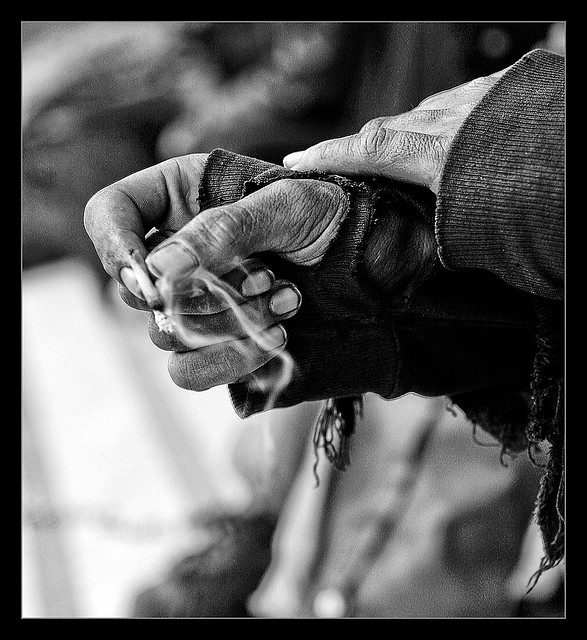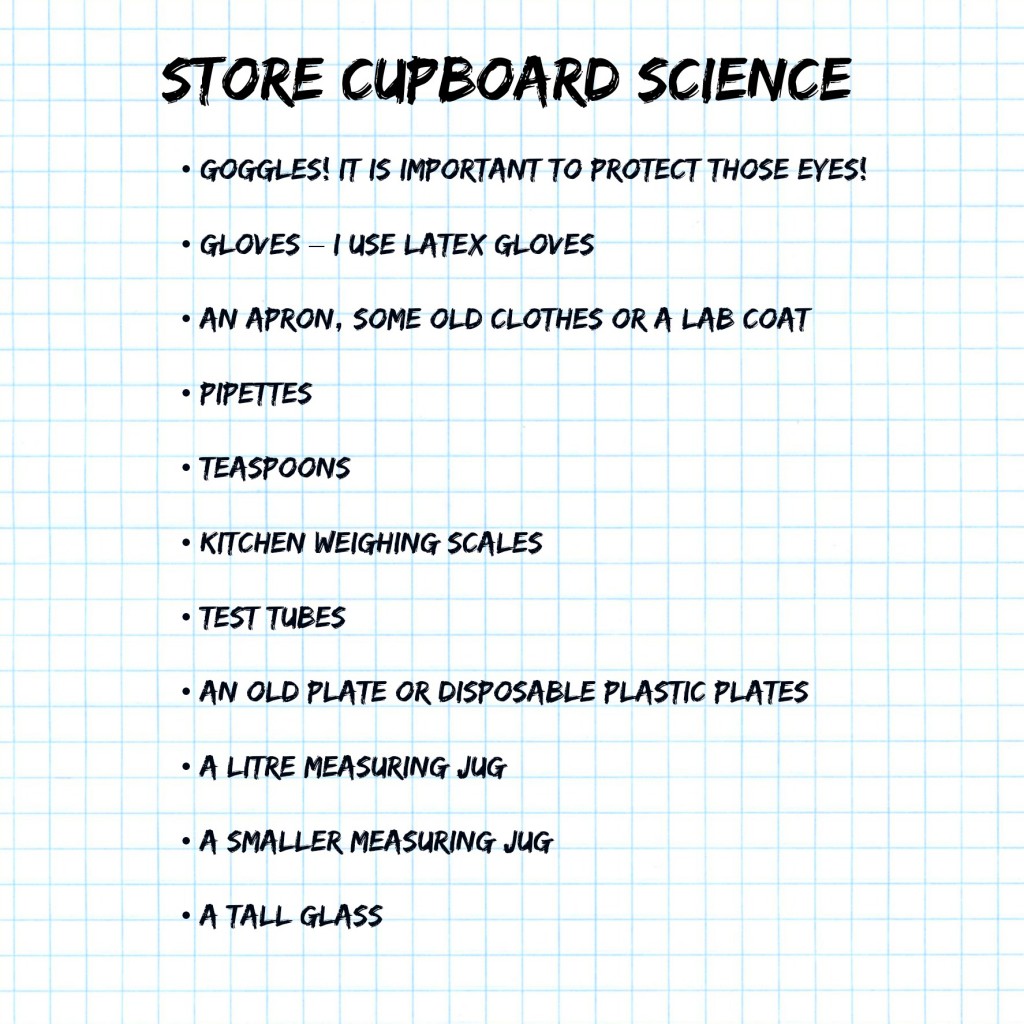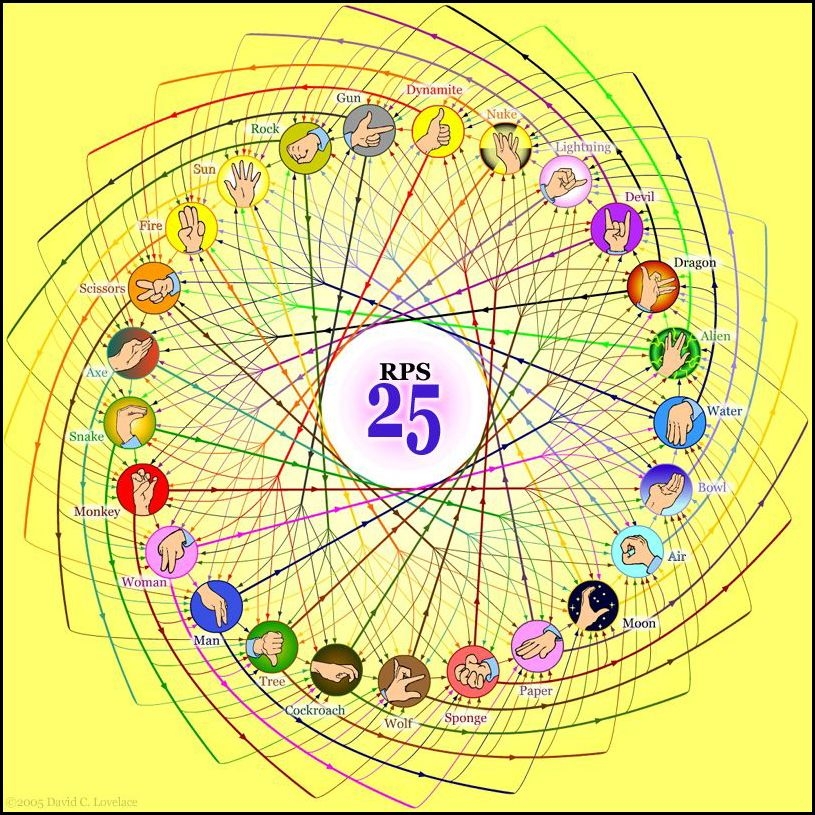
Cold, rough concrete beneath my burnt yellow hands, ash under my nails. I hold the butt of an already smoked cigarette in my mouth, looking hopeless. Not even the phrase, “Any spare change?” will get anybody to notice me, the old tramp of Brixton, sitting on the side of a busy main road. Every day I get unhelpful comments from young school kids, such as, “The local druggie! Ha, ha, ha…” These don’t make me feel better. It’s not my fault I’m unemployed, homeless and either drunk or high most of the time. Or is it?
People ask me how on earth I find all the money to buy over fifty cans of beer a week and a rather large variety of harmful grasses from drug-dealers. Sometimes I wonder too. I’ve only ever stolen something once. Twice then. OK! I’ve stolen eight times! Where else am I supposed to get money from (not including vulnerable children’s purses)? But, I’ve been thinking… Maybe, just maybe, it would be a slight possibility – just a slight one – that I could consider starting afresh. By ‘afresh’ I mean a new life in which I give up all my addictions, that are slowly rotting my bones, and make lasting friendships, that won’t break. Ever.
Read More...




